Wondering how to get rid of mushrooms in your yard?
There are several methods you can use to get rid of them. While mushrooms are not harmful to your lawn, they can be unsightly and indicate an underlying issue with your soil.
In this article we will walk you through the different ways in which you can prevent mushrooms in your lawn. With a little effort and persistence, you can get rid of mushrooms in your yard and enjoy a beautiful, healthy lawn.
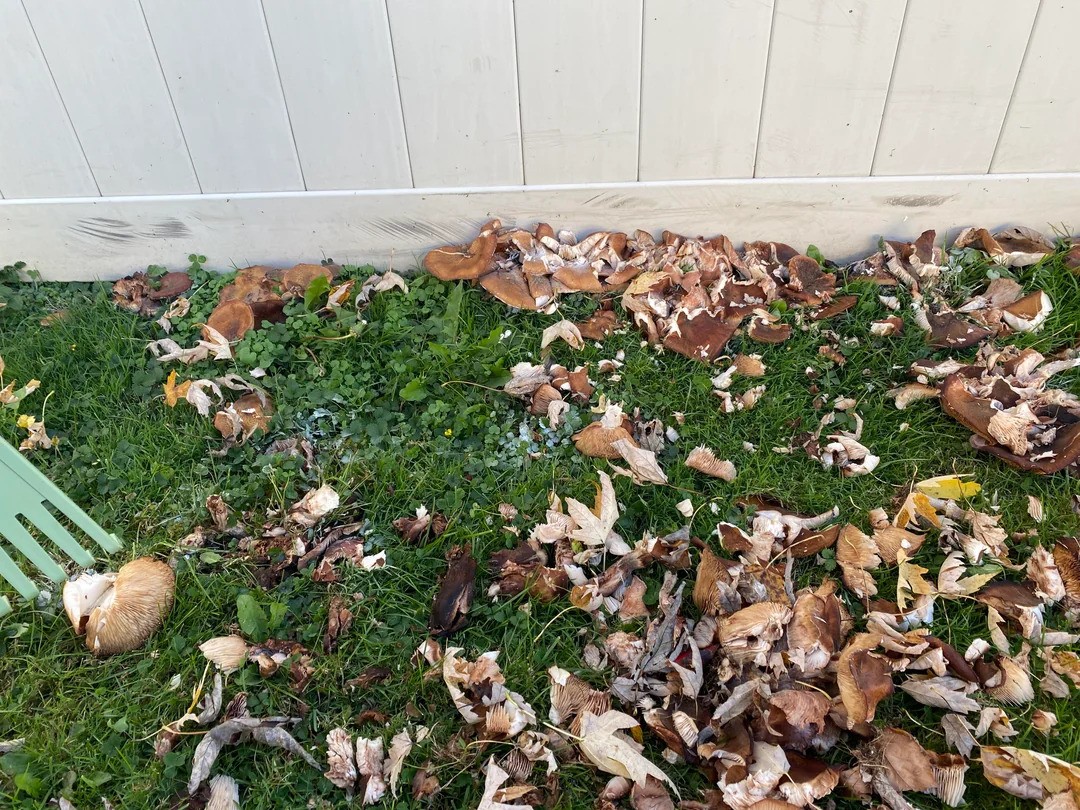
If you have noticed mushrooms sprouting up in your yard, it's essential to understand what factors are contributing to their growth.
By understanding the conditions that favor mushroom growth, you can take steps to prevent their appearance and maintain a healthy lawn.
Mushrooms thrive in damp, shaded environments with plenty of organic matter to feed on.
Here are some yard conditions that can contribute to mushroom growth:
By taking steps to address these yard conditions, you can discourage mushroom growth and maintain a healthy, mushroom-free lawn.
When it comes to getting rid of mushrooms in your yard, one of the most effective ways is to remove them manually.
This is especially true if you have a small number of mushrooms scattered throughout your lawn. Here are some manual mushroom removal techniques you can try:
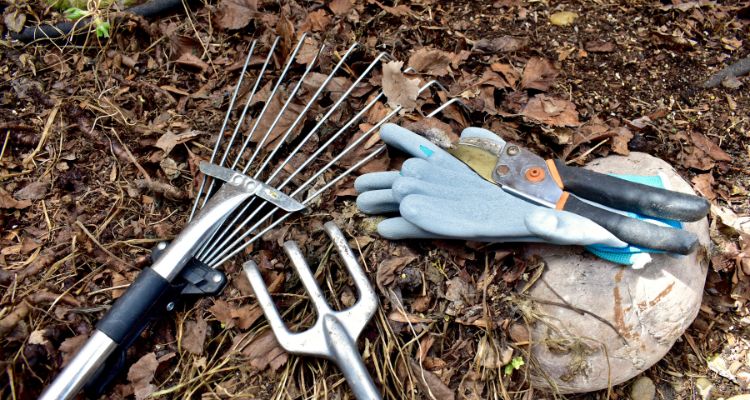
One of the best ways to prevent mushrooms from growing in your yard is to keep it clean.
This means removing dead leaves, branches, or other debris that can create a damp environment for mushrooms to thrive. Make sure to rake up any fallen leaves and dispose of them properly.
Another important yard cleanup technique is to aerate your lawn regularly. This helps improve soil drainage and reduce the moisture in your yard.
You can use a manual or motorized aerator to create tiny holes in your lawn, allowing water to penetrate deeper into the soil.
Use a garden trowel or a small shovel to remove mushrooms from your yard manually. Dig up the mushroom and its root system, removing as much of the root system as possible.
Be careful not to damage the surrounding grass or plants. If you have many mushrooms in your yard, consider using a lawn vacuum or a leaf blower with a vacuum attachment.
This will allow you to quickly and easily remove mushrooms without digging them up by hand.
Once you have removed the mushrooms from your yard, dispose of them properly. You can put them in a plastic bag and throw them away in the trash.
Do not compost them; this can spread the spores and lead to even more mushroom growth in your yard.
By practicing good yard cleanup techniques and manually removing mushrooms as needed, you can keep your yard looking healthy and mushroom-free.
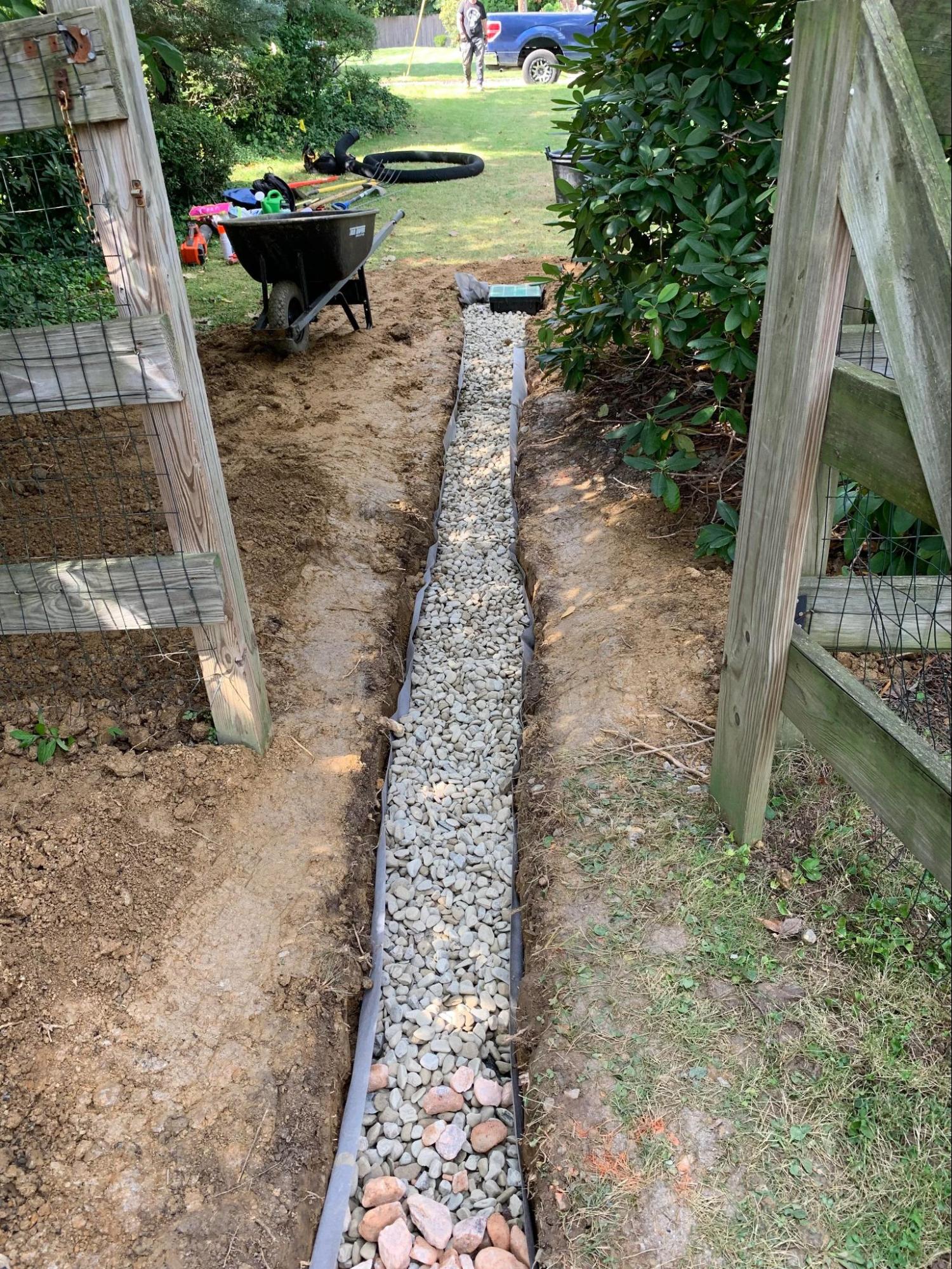
If you're dealing with mushroom growth in your yard, poor drainage could be the culprit. Improving yard drainage can help prevent moisture buildup in the soil, which can reduce the conditions that favor mushroom growth.
Here are some drainage improvement methods you can try:
A French drain can be an effective solution if you have standing water in your yard.
This can help prevent water buildup in the soil and reduce the conditions that favor mushroom growth.
This can help prevent water buildup in the soil and reduce the conditions that favor mushroom growth.
A dry well can be an effective solution if you have a low spot in your yard prone to standing water.
Improving yard drainage is an effective way to prevent moisture buildup in the soil, which can reduce the conditions that favor mushroom growth.
One or more drainage improvement methods can help keep your yard free of mushrooms and unwanted growth.
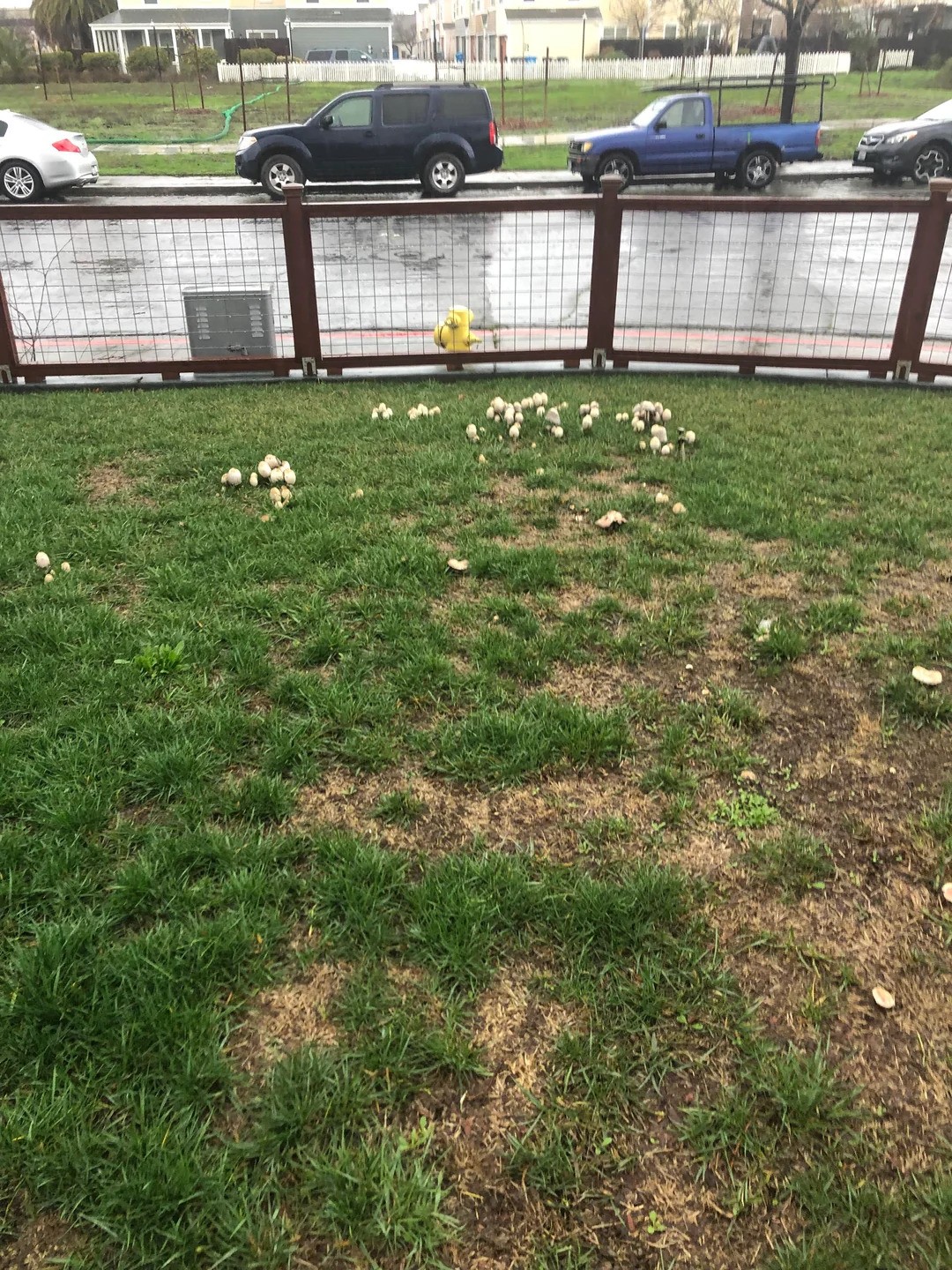
If you have mushrooms growing in your yard, adjusting the soil pH is one way to discourage their growth.
Soil pH is a measure of how acidic or alkaline the soil is, and mushrooms tend to thrive in soil with a pH of around 7.0 or slightly lower.
By raising the pH of your soil, you can make it less hospitable to mushrooms and encourage other plants to grow instead.
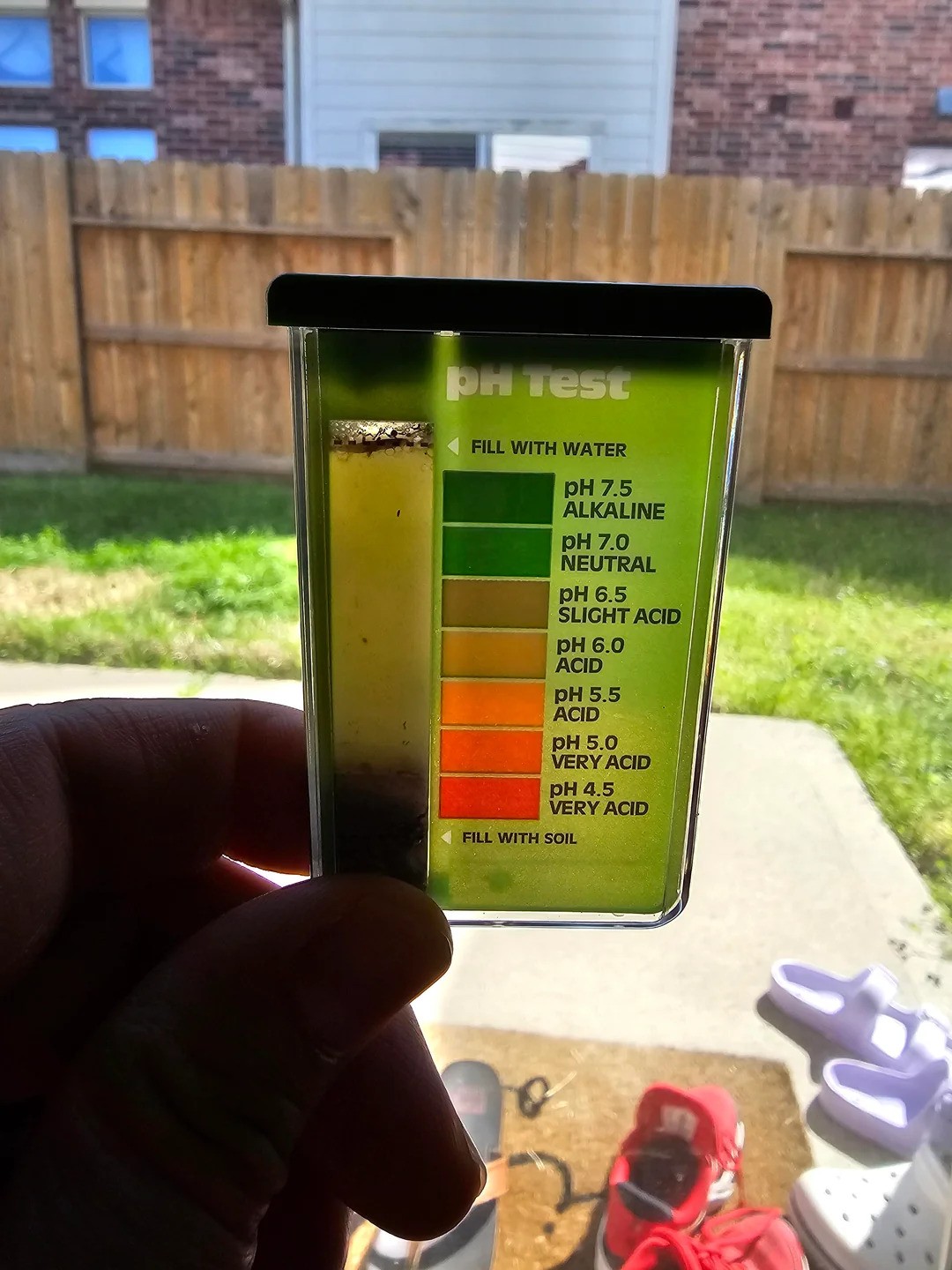
Here are the steps you need to take to adjust the pH of your soil:
Adding too much lime can actually harm your plants, so follow the instructions on the package carefully. Avoid applying lime near plants that prefer acidic soil, such as blueberries or rhododendrons.
Therefore, adjusting soil pH is a simple and effective way to discourage mushrooms from growing in your yard.
Testing your soil pH and applying the right amount of lime can create a more hospitable environment for other plants to thrive.
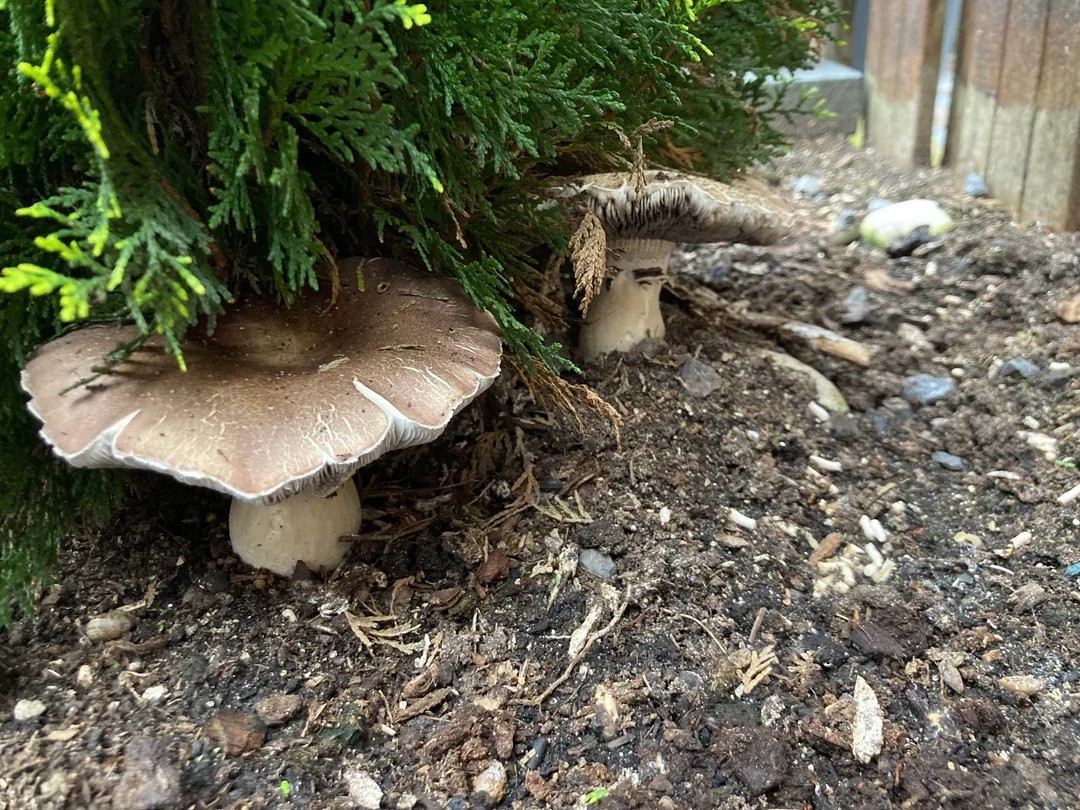
If natural methods do not work for you, you may consider using chemical and fungicide for mushrooms in your yard. These treatments can be effective, but they come with some risks and downsides.
When selecting a fungicide, you must choose the right one for the mushroom growing in your yard. Different fungi require different types of fungicides. You should also ensure the fungicide is safe for your grass, pets, and children.
Before applying fungicide:
Chemical control methods such as fungicides should be used as a last resort, as they can harm beneficial insects and microorganisms in your soil.
Additionally, some fungi can develop resistance to fungicides over time, making them less effective.
Overall, chemical and fungicide treatments should only be used if natural methods do not work, and only after carefully considering the risks and downsides.
If you're looking for eco-friendly solutions to tackle your mushroom problem, there are several natural remedies that you can try.
Here are the best mushroom killer for lawns:
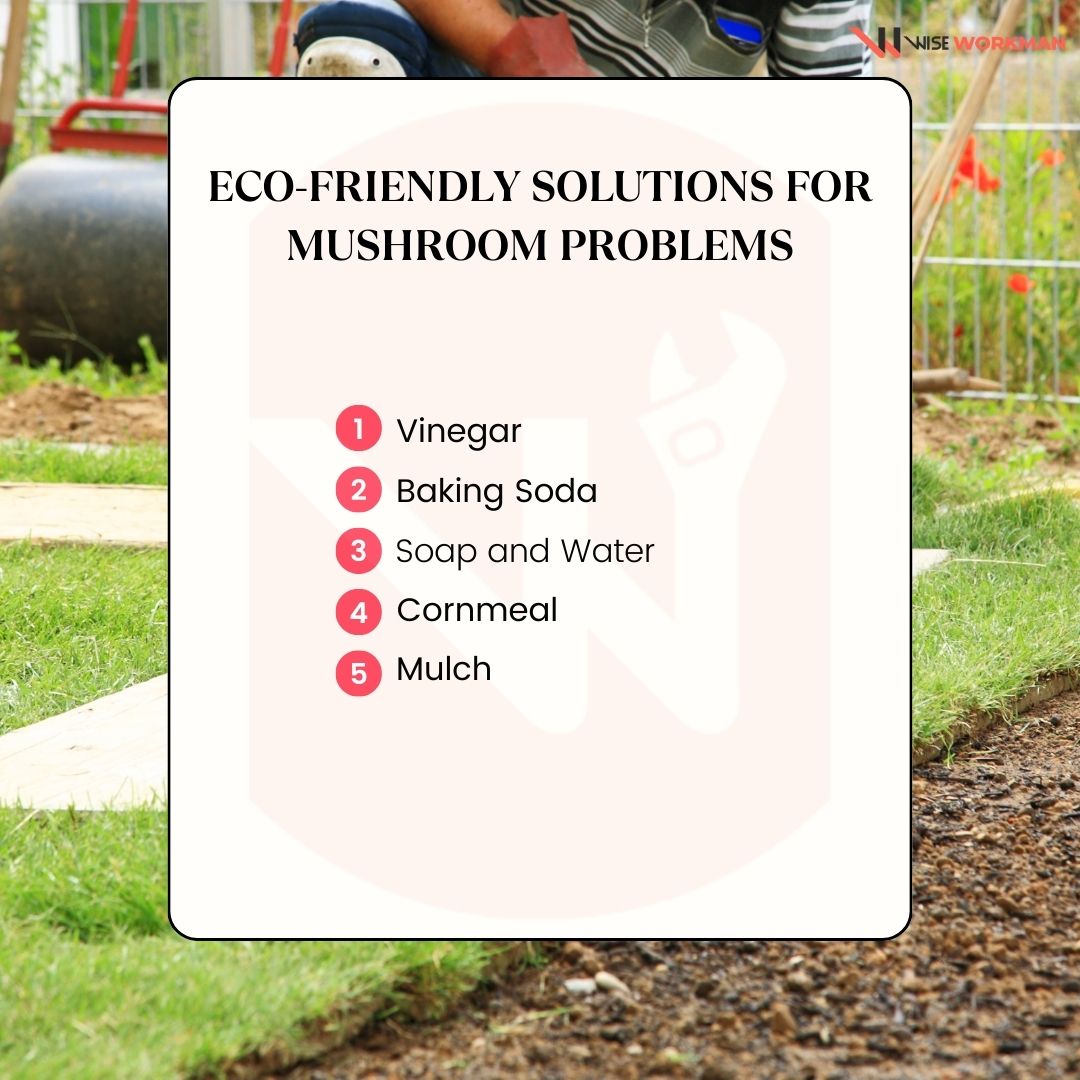
By using these eco-friendly solutions, you can effectively control the growth of mushrooms in your yard without harming the environment.
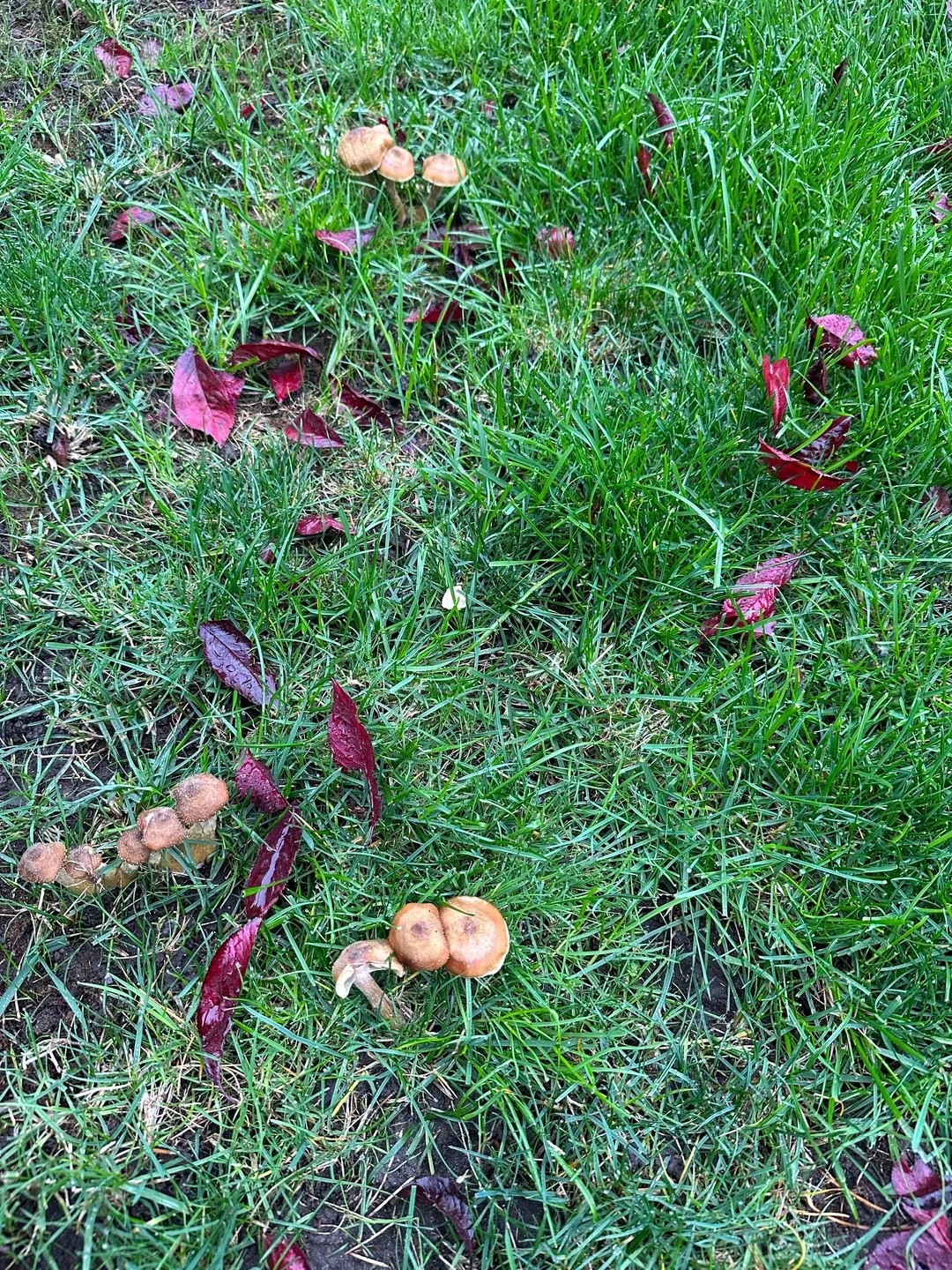
Mushrooms are a common sight in yards, especially during the rainy season. While some mushrooms are harmless, others can be toxic and pose a significant threat to your health and that of your pets.
Here are some preventative measures you can take to keep mushrooms from growing in your yard.
One of the best ways to prevent mushrooms in the lawn is to maintain it properly. Here are some lawn maintenance best practices to keep in mind:
Following these lawn maintenance best practices can create a less hospitable environment for mushrooms. Prevention is the best way to keep mushrooms from growing in your yard.
To conclude our discussion on how to eliminate mushrooms in the lawn let us recap some important factors that you should keep in mind.
Overwatering, poor drainage and shaded areas are some of the reasons why mushrooms may be growing in your yard.
Through proper drainage systems, frequent clean ups, manual mushroom removal and adjusting the pH level of your soil you can solve this problem.
Moreover, while you can use fungicides to get rid of mushrooms you can also use natural remedies such as vinegar and baking soda.
Lastly, ensure that you are mowing, aerating and watering your yard wisely to prevent mushrooms from taking over your yard!